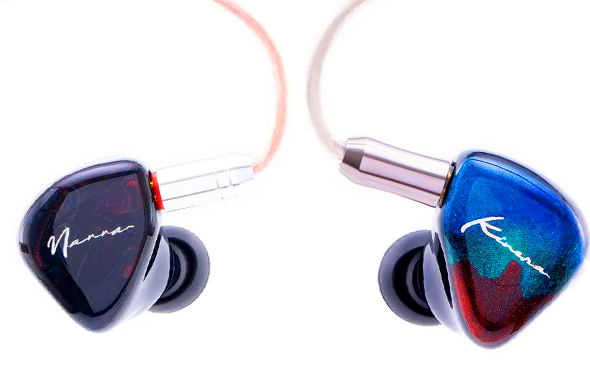We’ve seen the evolution of one of Kinera’s most notable products, the Nanna, take form in its Imperial version. It came with a pretty new front plate design, and a tweaked tuning for a new sonic experience. Although both models have been viewed individually, there is the question of which IEM is better. Is the Imperial Nanna really an evolution, or is it just a fancy new repackaging? Here, we’ll compare both the original Nanna and the Imperial version to see which IEM is better worth your dollar. There’s a $50 price jump between them, so what warrants it?
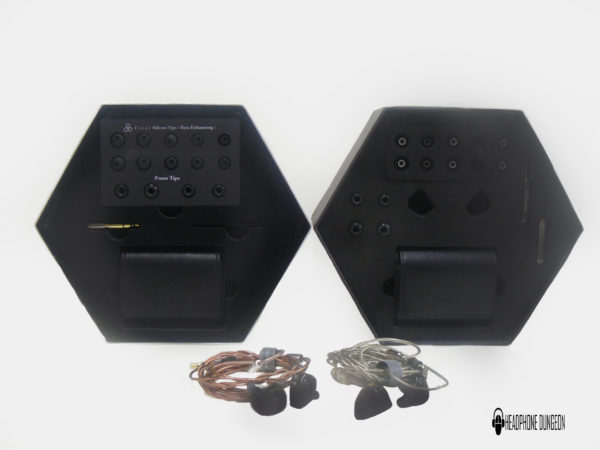
What You Get
The differences between the two IEMs start to show themselves right out of the box. Both the Nanna and Imperial Nanna include similar items, like the same amount of ear tips. A leather case is also included with both models, and they’ll both contain their stock cable. Aside from an apparent cosmetic difference, both cables contain their own distinct materials. For instance, the original Nanna uses a pure copper braided wire, while the Imperial uses silver-plated. Not only are the materials different, but the standard termination is also modified. While the Nanna uses a standard 3.5mm connection, the Imperial Nanna terminates to a 4.4mm blanched jack. The !.0 version comes with a quarter-inch adapter, while the Imperial comes with everything but. Right in the packaging, you can see 3.5mm and 2.5mm adapters that use female 4.4mm connections.
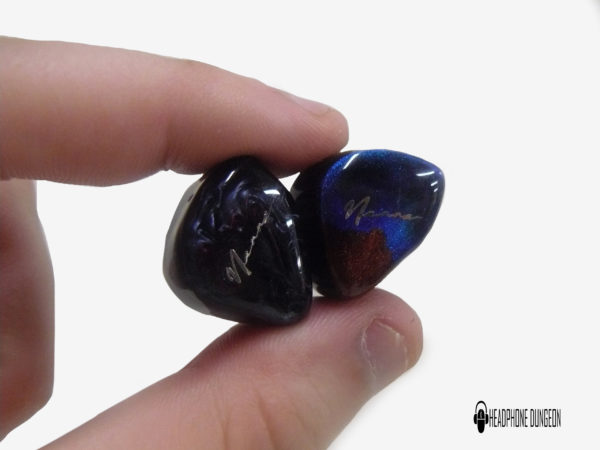
Look and Feel
Aesthetic changes are hard to gauge, especially when you’re dealing with Kinera. They consistently produce beautiful designs that showcase an exceptional level of artistry. Kinera does a fantastic job making their IEMs stick out among the competition just by cosmetic appeal alone. The original Nanna already houses a great aesthetic, consisting of a dark flourish with a unique spiral pattern. When Kinera unveiled the “Mount” coloration, it was just a way to provide a brighter variation of the same great sound. This is the design they went with for the Imperial version, and it’s very welcome. As for how they fit, I can’t say there was a considerable difference between the two IEMs. Both Nannas’ felt comfortable, and secure, utilizing a fitting cavity and shell size.
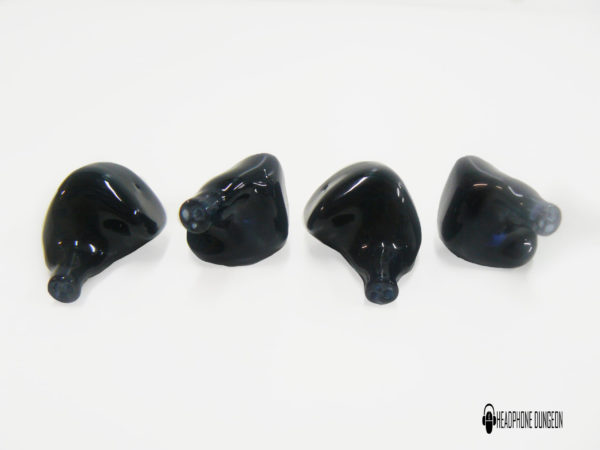
Design
So far, the biggest similarity between the two Nannas’ is its driver system. Both IEMs support a 7mm dynamic driver, as well as one Sonion balanced armature, and two Sonion electrostatic units. The Nannas’ are both made to be hybrid systems meant to have neutral sound signatures.
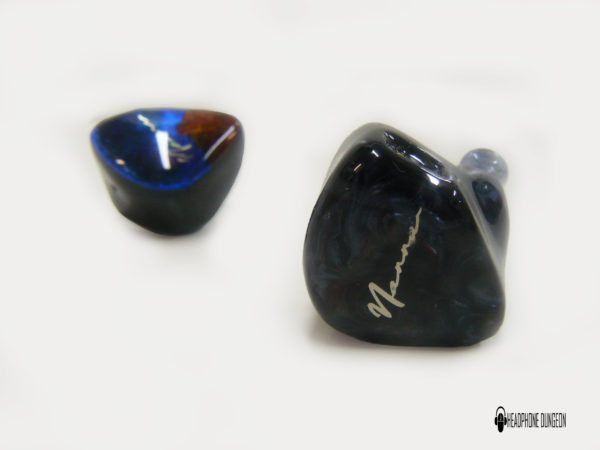
Soundstage
With the original Nanna, you get a fantastic soundstage. One of the best available on an IEM. A pure image that feels like it has just the exact right amount of width and separation. This level of quality is carried over to the Imperial Nanna excellently. I don’t think the Imperial version plays with the spatiality as loosely as the original, but a similar sense of depth is sustained throughout the sound field. The Imperial Nanna isn’t any deeper than the original, but still continues its sense of natural accuracy.
Low End
You’ll get a somewhat deeper bass resonance out of the Imperial Nanna than the original. The timbre is also noticeably smoother across the board, but with a more relaxed response. Some of the thickness of the original Nanna is sacrificed here, but the detail is still preserved. While more sub-bass is noticeable, it’s not as textured as the rest of the lows. The original Nanna was better at making the bass more consistent.
Mids
I sensed a bit more neutrality in the Imperial Nanna’s midrange over the originals. I thought the first Nanna had a stronger emphasis on the low and high mids, while the Imperial goes for a flatter timbre. This limits the amount of color in the Imperial compared to the original but does a better job conveying naturality in contrast.
Highs
I love the sweetness the treble of the original Nanna brings to the table. In comparison, the Imperial Nanna is much more subdued and digestible for those who aren’t a fan of the more sibilant nature of high frequencies. The details here are much more articulate, but lose that satisfying coloration of the original.
Summary
Each version of the Nanna has something for everybody. Whether it’s your preferred artistic design or your own taste in certain sound elements, the Nanna is an undeniable IEM. I personally prefer the textures and liveliness of the original Nanna, but the Imperial version brings its fair share of detail to the table. The best aspect of the Imperial is the improved clarity, making the details feel more fleshed out in the sound signature. It makes the slight step up in price justifiable, but I personally prefer the color of the original.
The Kinera Nanna and Kinera Imperial Nanna 2.0 are available at Audio 46
Headphonedungeon may get a commission from retail offers.

